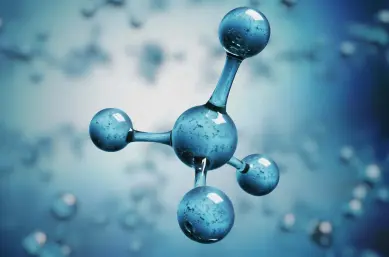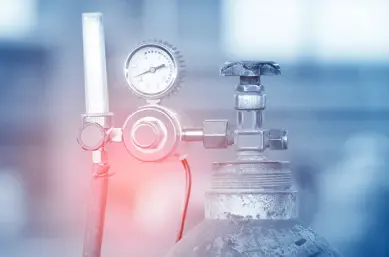Vacuum in the Energy Industry

Imagine a world lacking energy supply or storage. Without vacuum technology, this would be reality. We provide matching vacuum solutions for efficient energy generation, distribution and storage, which are key challenges of today’s society. Our products are essential in the solar and wind industries, as well as in emerging technologies like fusion power.
Energy distribution is performed by large transformers and cables, which are dried under vacuum. With the increase in volatile energy generation and the rise in electric vehicles, the need for energy storage solutions like lithium-ion batteries, flywheels, hydrogen, and many more is growing rapidly. Our team of experts is here to support you in finding the right vacuum solution to empower the future of humanity.

